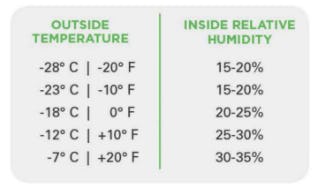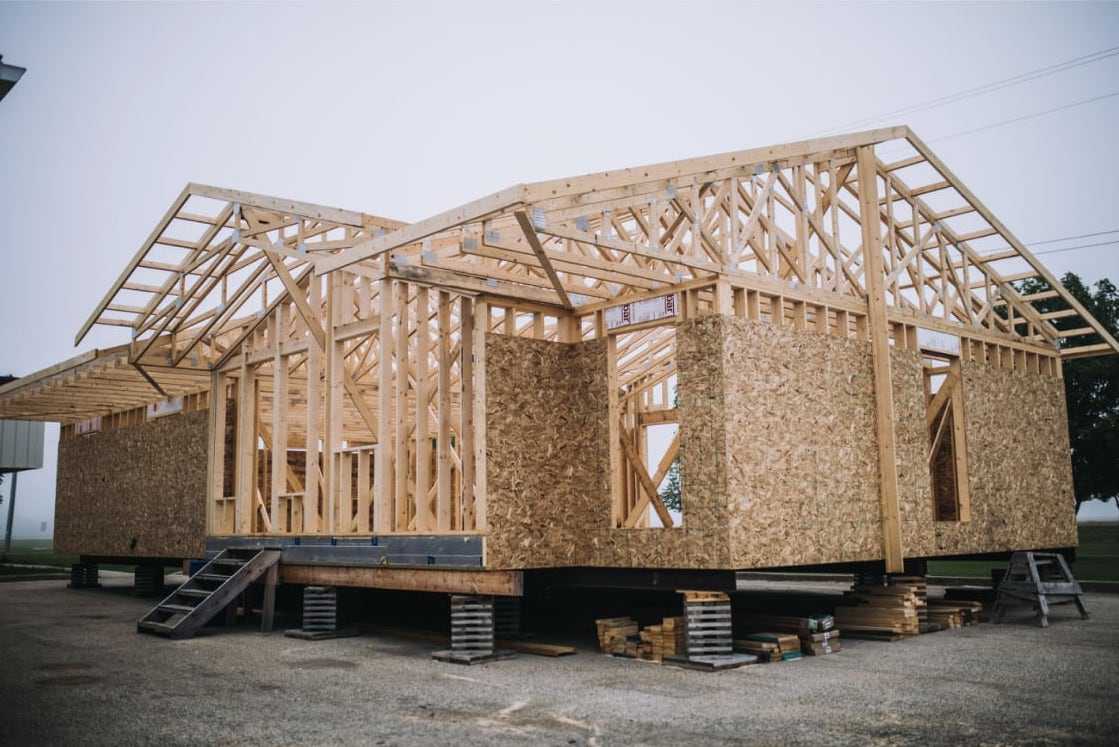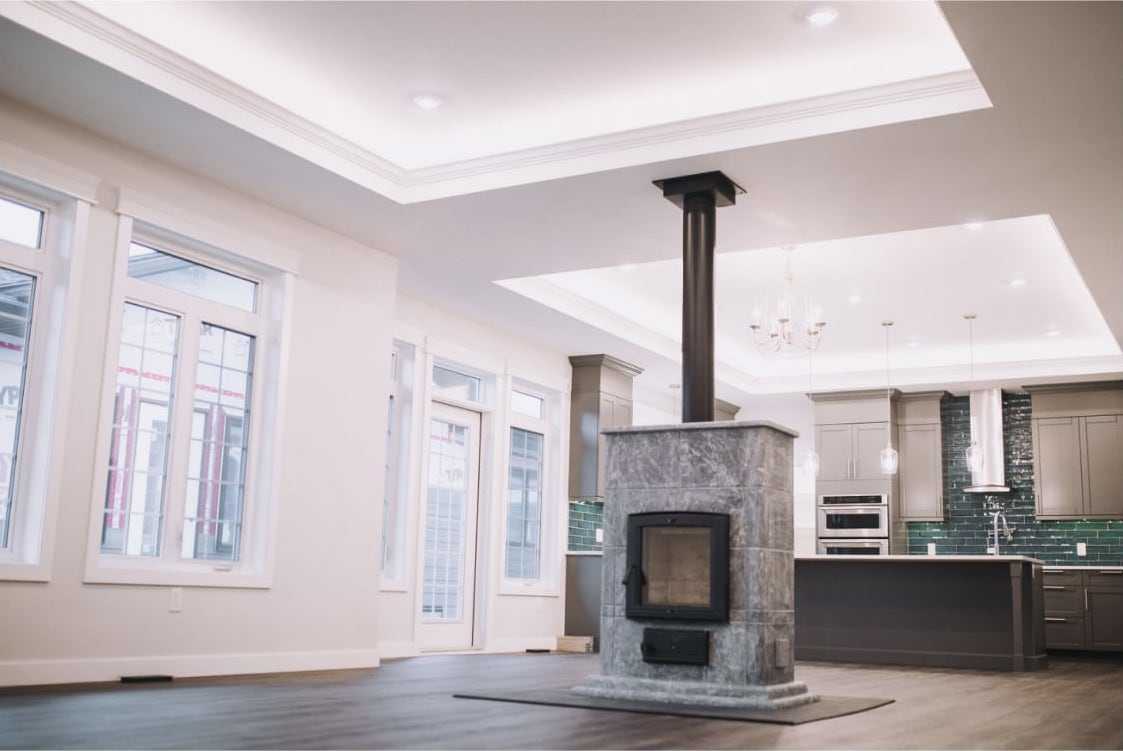With the colder weather coming on strong, let’s chat about frosty windows and doors. Frosty or icy windows and doors are a direct result of higher than optimum humidity.
While windows are awesome for letting in light, they just aren’t the best insulated part of any home.
We use triple pane windows with argon gas between the panes, and a special coating on the inside of the glass that allows that warm sun to come in during winter, but blocks much of the heat during summer.
Even with the top of the line technology in windows and doors, at the end of the day, we rely on three thin sheets of glass to keep the extreme cold out, and warmth in. Have you ever noticed how a cold beer frosts up in summer? The concept is the same with windows. Cold glass meets humid air, moisture forms.
Living in the upper states or Canada in winter can be frustrating to say the least...and condensation and ice build up inside our windows can definitely be frustrating! We’re here to tell you that it’s something to attend to but not that uncommon with the extreme cold our winters bring. It’s manageable with the right approach!
With extreme cold outside temperatures, beads of moisture or condensation can accumulate on the inside surface of your windows, just like that cold beer in summer. Then a layer of frost or ice develops on the glass or in the corners near the window frame, it’s natural to worry. What are the causes, and if your windows have this problem, what can be done?
The primary culprit for this condition is interior humidity levels. Lowering your humidity will reduce moisture and sweat or ice build-up inside your windows.
Contrary to our common sense, don’t close heavy drapes during freezing temperatures as they only serve to trap more moisture against the cold glass. Be sure all your kitchen, laundry and bath fans are working properly and vented to the outside. Running your ceiling fans is also helpful to keep air circulating in the room.
THE RIGHT HUMIDITY LEVEL
The only way to stop condensation forming on your windows is to pay attention to your Indoor humidity levels in winter. The humidity level of your home needs to be adjusted based on the outdoor temperatures. If you have sweaty or frosty windows, your indoor humidity levels are too high.

A cold day such as 10°F or -12°C means the recommended dehumidifier setting would be for close to 30% relative humidity. If the outdoor temperature dips down to -20°F or -28°C, you’re going to want that indoor relative humidity to be closer to 15-20%.
Most of us are familiar with the benefits of small portable dehumidifiers - this is a great option! They can be placed in the basement or crawlspace near a floor drain and set to a particular humidity level. If you use one, we suggest you buy a hygrometer, also known as a humidistat from a hardware store to measure the humidity level accurately. Alternatively, you can opt for a whole house dehumidifier (also known as an HRV or Heat Recovery Ventilator) that installs directly into your cooling and heating system to ensure that your indoor air quality remains consistent year-round. We hope this helps!
Be Inspired & Learn with Us!
We get it, you are full of questions and feel like you don’t know where to start. That is about to change. Sign up for our newsletter and we will share insights about every step of the build and inspire you with the amazing homes our friends have built.






